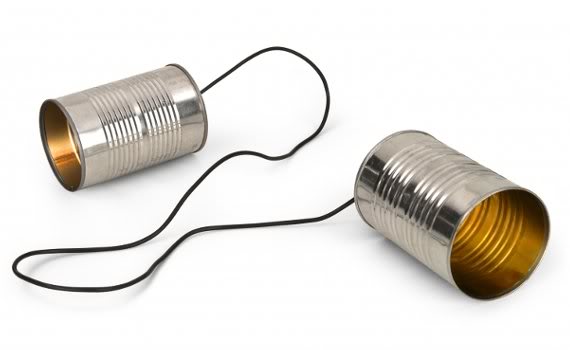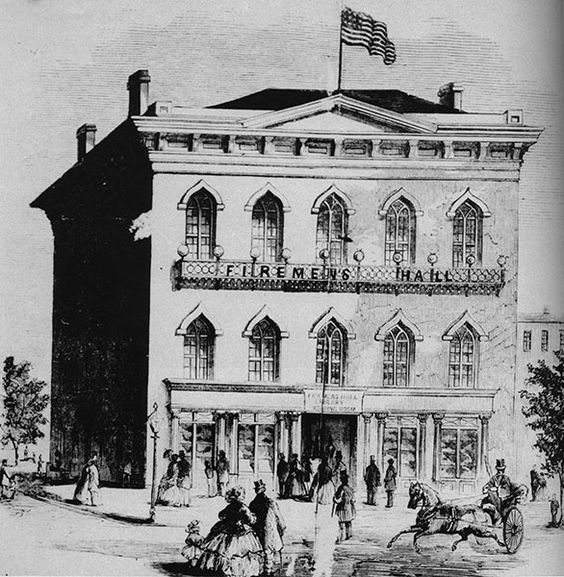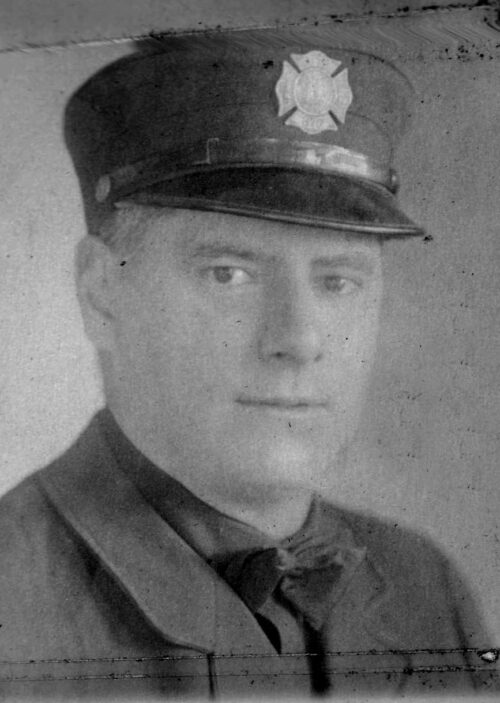Today in DFD history – March 28, 1962
The first two-way portable radios were issued to the department.
This ushered in an era of time spent on anxiety ridden seaches for “lost” radios by the firefighters who were responsible for them.
Of course, no firefighter would ever purposly moved a radio just to watch a guy sweat over where he left it. 
Question: Did a radio ever go “missing” while you were on duty? Tell us about it by leaving a comment.
|
Who made the first two-way? A paper written by Guy Cramer claims the first portable was invented by Don Hings. Of course, it should be noted that Guy is Don’s grandson, but his paper makes a compelling argument. Was it Don? In 1930 Don began to develop a wireless system for aircraft to allow the pilots to communicate over long distances. Don made his first portable two-way voice radio in 1937. It worked on AM frequencies, weighed 12 pounds, was 6” x 7” x 13” with a fold down antenna and had a range of approximately 130 miles. Maybe it was a high school kid named Al? Al discovered a way to make miniature vacuum tubes that allowed him to make a very small light weight transceivers. At the beginning of World War II, Al’s invention appeared in a radio magazine. It caught the attention of the U.S. Army and Al was recruited by the Office of Strategic Services, which later became the CIA. By 1941, Al had developed a two-way that weighed only four pounds and had a compact antenna. Let’s not forget about Sr. Constable Frederic! The source also say that the first two-ways used in the world were in the Lancia Police Cars of the Victoria Police. They took up half of the car, leaving only the driver’s seat empty. This would make it hard to bring a bad guy back to the station, but then again, you could always radio for help. Who cares. We’re just glad we have them. Personally I like the Al story. There’s something compelling about a high school geek peicing something together in his parents basement that would eventually change how the world communicates. I imagine his parents surprise and panic when CIA agents showed up on their front porch. I can hear the tenseness in his father’s voice as he yells from the top of the basement stairs, “Al. There are some gentlemen here to see you.” Fast forward to Mom nearly fainting when they reveil that their mission is to recruit Al to work for the CIA. This is the kind of story they make movies about. I guess that’s why I like it so much. |
|
Guy Cramer’s entire paper you be found it here: www.hyperstealth.com/DonHings/first-walkie-talkie.htm Be warned, the paper is rather tedious reading, but it is filled with all kinds of geek type information some people would enjoy. You can also read more about Sr. Constible Frederic at www.buzzle.com/articles/two-way-radio.html .
|


On March 28th 2014 we changed the comment system we were using. Unfortunately it did not import
existing comments. The following are comments posted prior to the change:
Frank English on May 1, 2013 at 9:26 AM said:
I have to comment on losing my radio the last year on the job at Squad 3. Typical dwelling fire we had to fight our way into, and after controlling the fire on the first floor it was time to make the attic. Typical squad guys hate waiting for the dutchtown so the crew pulled the ceiling in the bathroom and used the Captain(me) as a ladder and FF Binder and it might have been FF Hamm climbed on my back and made the attic. However, I didn’t know until I got back to quarters to exchange radios with the oncoming officer, that I had lost it. I was going on XL so the other unit said they would go to the location and find the radio. When I returned it was still missing. Both units looked but it was not to be found. I wrote the missing property report with a letter to the COD. We decided to make one more attempt to find the missing radio. One member of the crew was FF Fett. We searched and searched, but to no avail. Then FF Fett raked his pike pole across an area that had been searched twice before and came up with the radio. I’m not religious, but Fett claimed he said a short prayer to St Anthony (all good Catholics know him as the patron saint of lost items, why I don’t know). The radio though ruined after being submerged for three days was no longer lost.
I have to comment on losing my radio the last year on the job at Squad 3. Typical dwelling fire we had to fight our way into, and after controlling the fire on the first floor it was time to make the attic. Typical squad guys hate waiting for the dutchtown so the crew pulled the ceiling in the bathroom and used the Captain(me) as a ladder and FF Binder and it might have been FF Hamm climbed on my back and made the attic. However, I didn’t know until I got back to quarters to exchange radios with the oncoming officer, that I had lost it. I was going on XL so the other unit said they would go to the location and find the radio. When I returned it was still missing. Both units looked but it was not to be found. I wrote the missing property report with a letter to the COD. We decided to make one more attempt to find the missing radio. One member of the crew was FF Fett. We searched and searched, but to no avail. Then FF Fett raked his pike pole across an area that had been searched twice before and came up with the radio. I’m not religious, but Fett claimed he said a short prayer to St Anthony (all good Catholics know him as the patron saint of lost items, why I don’t know). The radio though ruined after being submerged for three days was no longer lost.